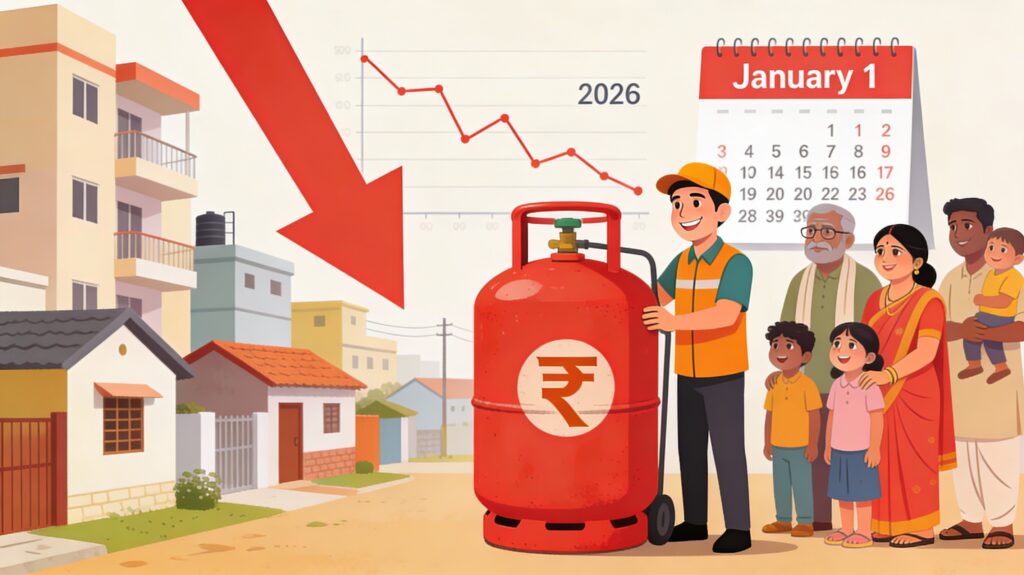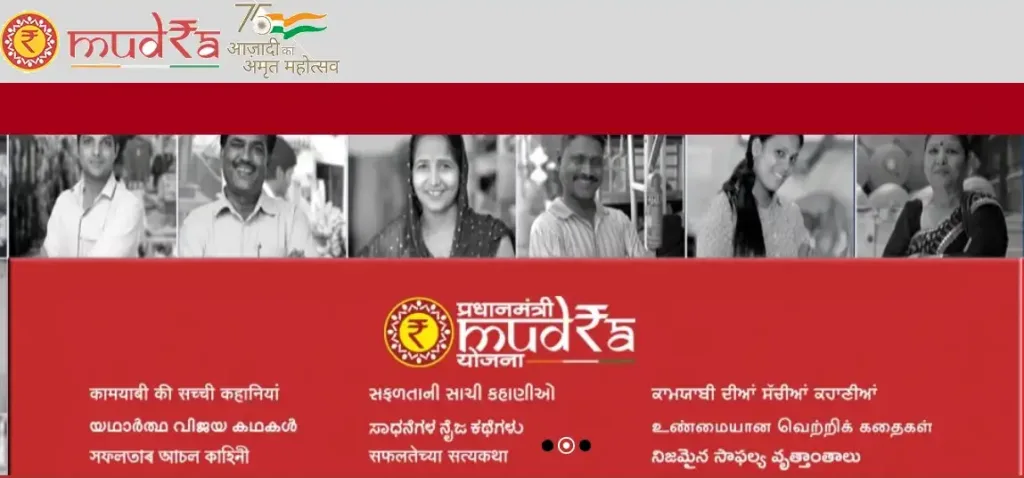
The mystery behind the claim settlement ratio—the secret number that could make or break your insurance choice in India! Dive into shocking 2025 data revealing which insurers deliver (and which don’t) when it counts. From heartbreaking claim rejections to game-changing tech trends, this guide exposes what every Indian needs to know to secure their family’s future. Curious about Kavita’s costly mistake?
Navigating personal finance in India can feel like wading through a maze of jargon and complex decisions. Among the many terms you encounter when choosing insurance, one stands out as a beacon of reliability: the claim settlement ratio. This critical metric reveals how dependable an insurer is when it matters most. With fresh 2025 data and an Indian perspective, this comprehensive guide unpacks everything about the claim settlement ratio, empowering you to make informed choices and secure your family’s future with confidence.
Introduction to Claim Settlement Ratio
When researching insurance—be it life, health, or general cover—the term claim settlement ratio often pops up. If it sounds intimidating, think of it as a report card for insurers, showing how often they honor claims. For Indian policyholders, understanding this ratio is key to avoiding heartbreak during crises and ensuring true financial protection. This guide breaks down the concept, dives into the latest 2025 trends, and offers practical insights to help you choose an insurer wisely.
What Is Claim Settlement Ratio?
The claim settlement ratio (CSR) is a percentage that indicates how many claims an insurance company settles out of the total claims it receives in a financial year. It’s a direct measure of an insurer’s reliability and commitment to fulfilling its promises to policyholders.
How Is Claim Settlement Ratio Calculated?
The formula for calculating the claim settlement ratio is simple:
Claim Settlement Ratio = (Number of Claims Settled ÷ Total Number of Claims Received) × 100
For instance, if an insurer receives 1,000 claims and settles 980, the CSR is 98%. This straightforward metric offers a clear snapshot of an insurer’s performance.
Why Does Claim Settlement Ratio Matter?
The claim settlement ratio isn’t just a number—it’s a lifeline for Indian families facing emergencies. Here’s why it’s critical:
Financial Security and Trust
Insurance is about safeguarding against uncertainties like illness, accidents, or loss of life. A high claim settlement ratio signals that an insurer is likely to deliver when you need them most, ensuring financial security for you and your loved ones.
Indicator of Insurer Reliability
A consistently high CSR reflects an insurer’s dedication to honoring claims rather than rejecting them on technicalities. This reliability builds trust, especially for Indian families who rely on insurance for stability during tough times.
Customer Satisfaction and Peace of Mind
In India, where bureaucracy can be daunting, policyholders crave hassle-free experiences. Insurers with strong claim settlement ratios typically offer smoother claim processes, reducing stress during crises and boosting customer satisfaction.
The Finance Act 2025 GST Pre-Deposit Rule: What The Changes Mean For Your GST Penalty Appeals
Rs 25 Lakh Gratuity Cap Clarification: Who Really Benefits and Why PSU Employees Feel Left Out
Denied Pension Due to Break in Service? Here’s Why the Supreme Court Says No!
CBDT’s Bold Move: Black Money Rule Relaxation Sparks Hope and Debate
Key Claim Settlement Data for India in 2025
The Insurance Regulatory and Development Authority of India (IRDAI) provides detailed insights into claim settlement performance. Here’s the latest data for FY 2023-24, offering a glimpse into 2025 trends:
Life Insurance Claim Settlement Ratios
- The life insurance sector in India achieved an overall claim settlement ratio of 96.82% for claims settled within 30 days.
- Private life insurers led with an impressive 99% settlement rate within a month, thanks to streamlined processes.
- Top performers include HDFC Life (99%), Axis Max Life (99%), and LIC (98.5%), with other players like Aviva Life (98.98%) and PNB MetLife (98.13%) close behind.
Health and General Insurance Claim Settlement Ratios
- Acko General Insurance topped the charts with a 99.91% CSR within three months, setting a benchmark for efficiency.
- United India Insurance, a public sector giant, posted a solid 96.33% CSR.
- Star Health and Allied Insurance lagged with an 82.31% CSR, the lowest among prominent insurers.
- On average, general insurers settled 81.13% of claims within three months.
Top Insurers by Claim Settlement Ratio (2023-24)
Life Insurance
| Insurer | Claim Settlement Ratio |
| HDFC Life | 99% |
| Axis Max Life | 99% |
| LIC | 98.5% |
| Aviva Life | 98.98% |
| PNB MetLife | 98.13% |
Health/General Insurance
| Insurer | Claim Settlement Ratio |
| Care Health Insurance | 100% |
| Niva Bupa Health | 100% |
| ICICI Lombard | 99.7% |
| Acko General Insurance | 99.91% |
| HDFC Ergo Health | 98.59% |
| United India Insurance | 96.33% |
| Star Health and Allied | 82.31% |
In the Indian context, a CSR above 85% is considered good, while above 95% is excellent.
When a High Claim Settlement Ratio Matters Most
The importance of a high CSR varies by insurance type, but it’s always a critical factor. Here’s when it’s non-negotiable:
Buying Term Insurance
For term insurance, which protects families from financial distress after the breadwinner’s passing, a high CSR ensures dependents receive the sum assured without delays or disputes.
Choosing Health Insurance
Medical emergencies demand quick action. A high CSR means faster hospital bill settlements, sparing families the stress of financial uncertainty during health crises.
Motor and General Insurance
Whether it’s a car accident, bike damage, or home repairs, a strong CSR ensures prompt payouts, minimizing disruptions and disputes.
Factors Influencing Claim Settlement Ratio
Several factors impact an insurer’s claim settlement performance:
- Transparency and Document Submission: Incomplete or inaccurate information during policy purchase or claim filing can lead to rejections, lowering the CSR.
- Underwriting Standards: Insurers with robust underwriting processes settle claims more efficiently and fairly.
- Size & Nature of Claims: Some insurers excel at settling smaller claims but scrutinize high-value claims more stringently, affecting their ratio.
- Claim Timelines: Ratios may reflect claims settled within 30 or 90 days, so always check the timeframe for accurate comparisons.
Common Reasons for Claim Rejections
Understanding why claims get rejected can help you avoid pitfalls:
- Non-Disclosure: Failing to disclose health conditions, habits like smoking, or past claims can lead to rejections.
- Documentation Errors: Missing or incorrect paperwork is a leading cause of claim denials.
- Policy Lapse: Claims filed after a policy expires are typically rejected.
- Exclusions: Policies have specific exclusions (e.g., certain medical conditions or events). Claims falling under these are denied.
How to Check and Compare Claim Settlement Ratios
To make informed decisions, follow these steps:
Official Sources
- IRDAI Reports: The IRDAI publishes annual, company-wise CSR data, offering the most reliable and unbiased information.
- Insurer Websites: Many insurers share their CSR figures online, but cross-check with IRDAI data for accuracy.
Comparing Insurers
Compare CSRs for similar policy types, as an insurer may perform well in motor insurance but poorly in health or life segments.
Beyond the Ratio
While CSR is vital, also evaluate:
- Claim Process Simplicity: Look for insurers with user-friendly processes.
- Turnaround Times: Faster settlements mean less stress.
- Customer Service Ratings: Check reviews for insights into responsiveness.
- Policy Volume: High sales volume often indicates experience and scale.
A Step-by-Step Guide to Making a Successful Claim
To maximize your chances of a smooth claim process:
- Understand Policy Terms: Know what’s covered and excluded.
- Notify Promptly: Inform the insurer as soon as possible after an incident.
- Submit Accurate Documents: Follow guidelines and provide all required paperwork.
- Keep Records: Maintain copies of medical bills, incident reports, and policy documents.
- Track Your Claim: Use the insurer’s app or customer support to monitor progress.
- Escalate if Needed: Approach the insurer’s grievance redressal team or the IRDAI Ombudsman if issues arise.
Latest Trends in Claim Settlement for 2025
Indian insurers are stepping up their game to improve claim settlement ratios:
- Technology Adoption: AI-powered claim assessments, mobile apps, and eKYC are speeding up processes and reducing errors.
- Regulatory Push: IRDAI’s stricter timelines for claim processing and enhanced grievance redressal mechanisms are driving accountability.
- Transparency: Insurers are increasingly sharing real-time CSR updates on websites and customer portals, building trust.
Final Thought
The claim settlement ratio is more than a statistic—it’s a window into an insurer’s reliability and commitment to Indian policyholders. In 2025, with a plethora of insurance options available, prioritizing a high CSR ensures your family’s financial security during life’s uncertainties. Don’t let flashy marketing or low premiums cloud your judgment. Research, compare, and choose insurers with strong claim settlement records, transparent processes, and excellent customer service. By making the claim settlement ratio your guiding star, you’ll secure not just a policy but true peace of mind for tomorrow.

































